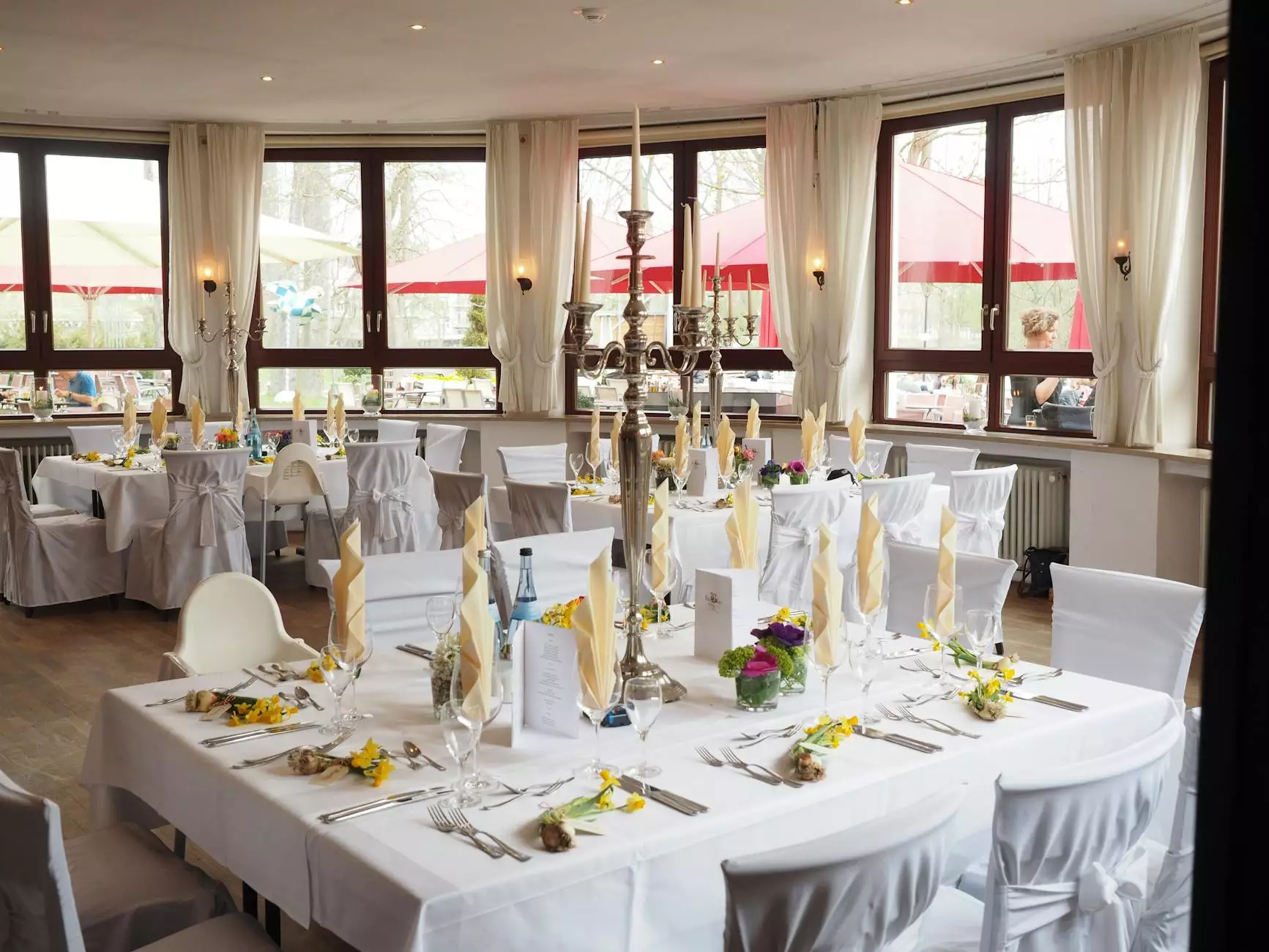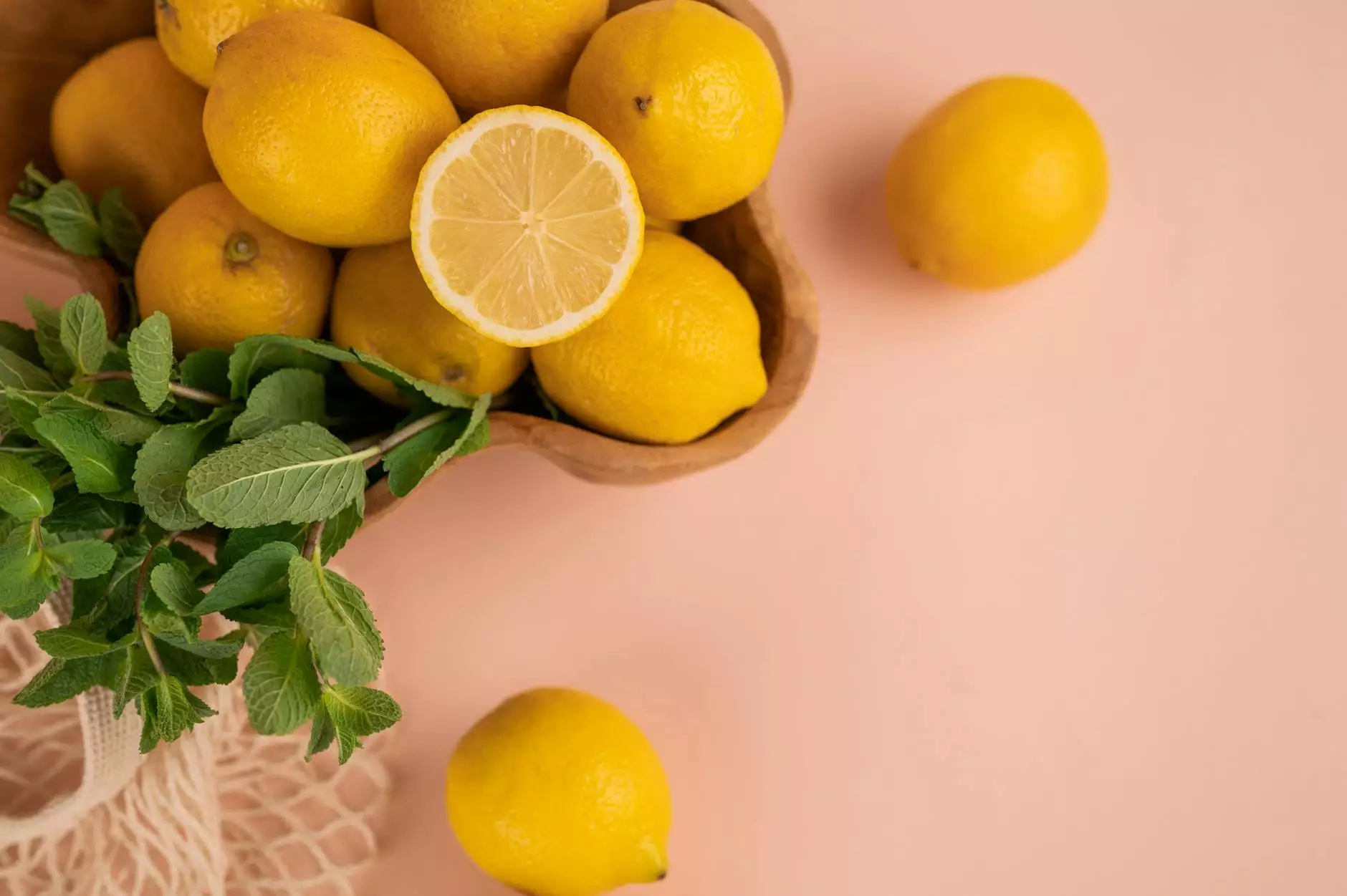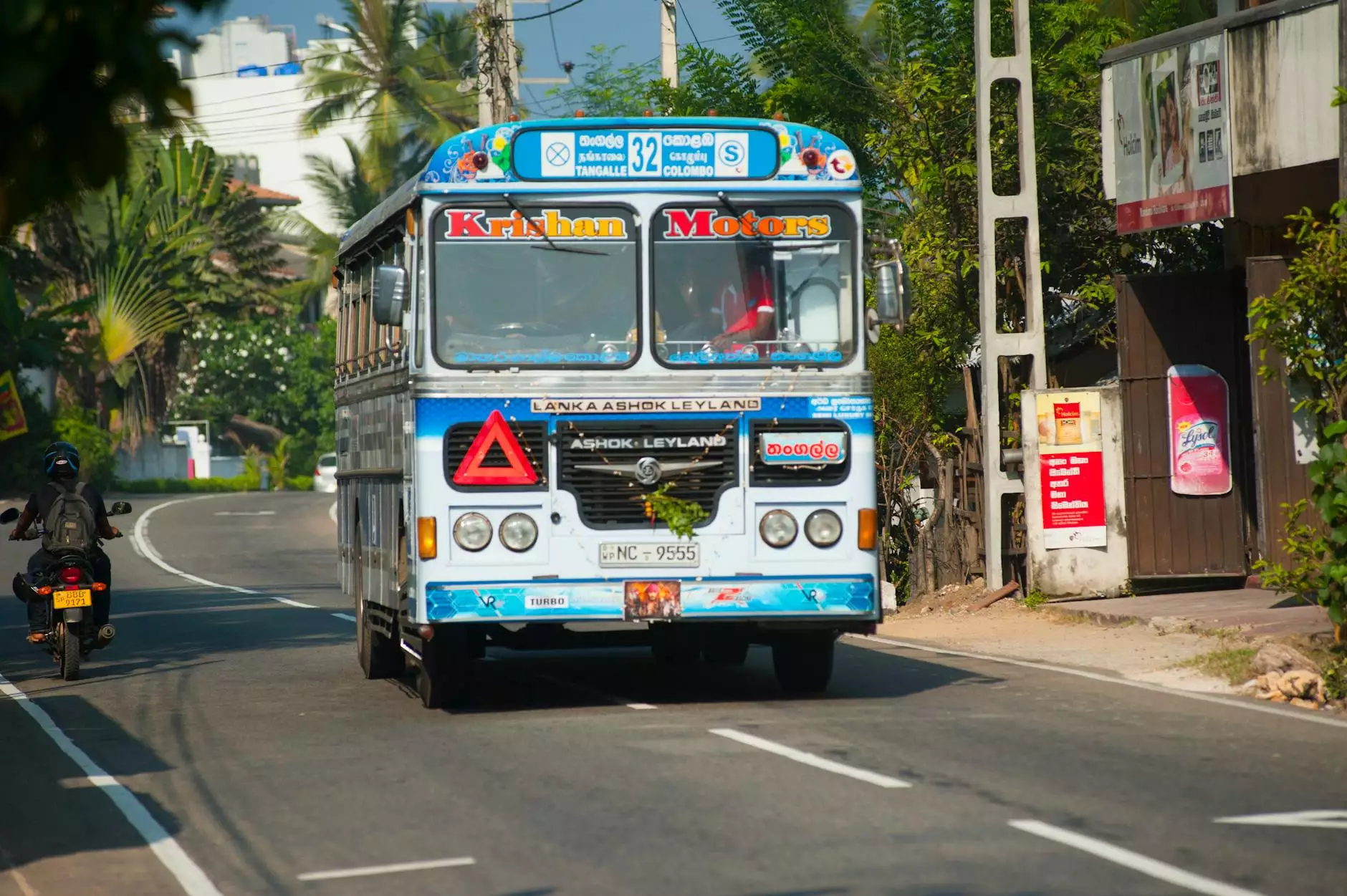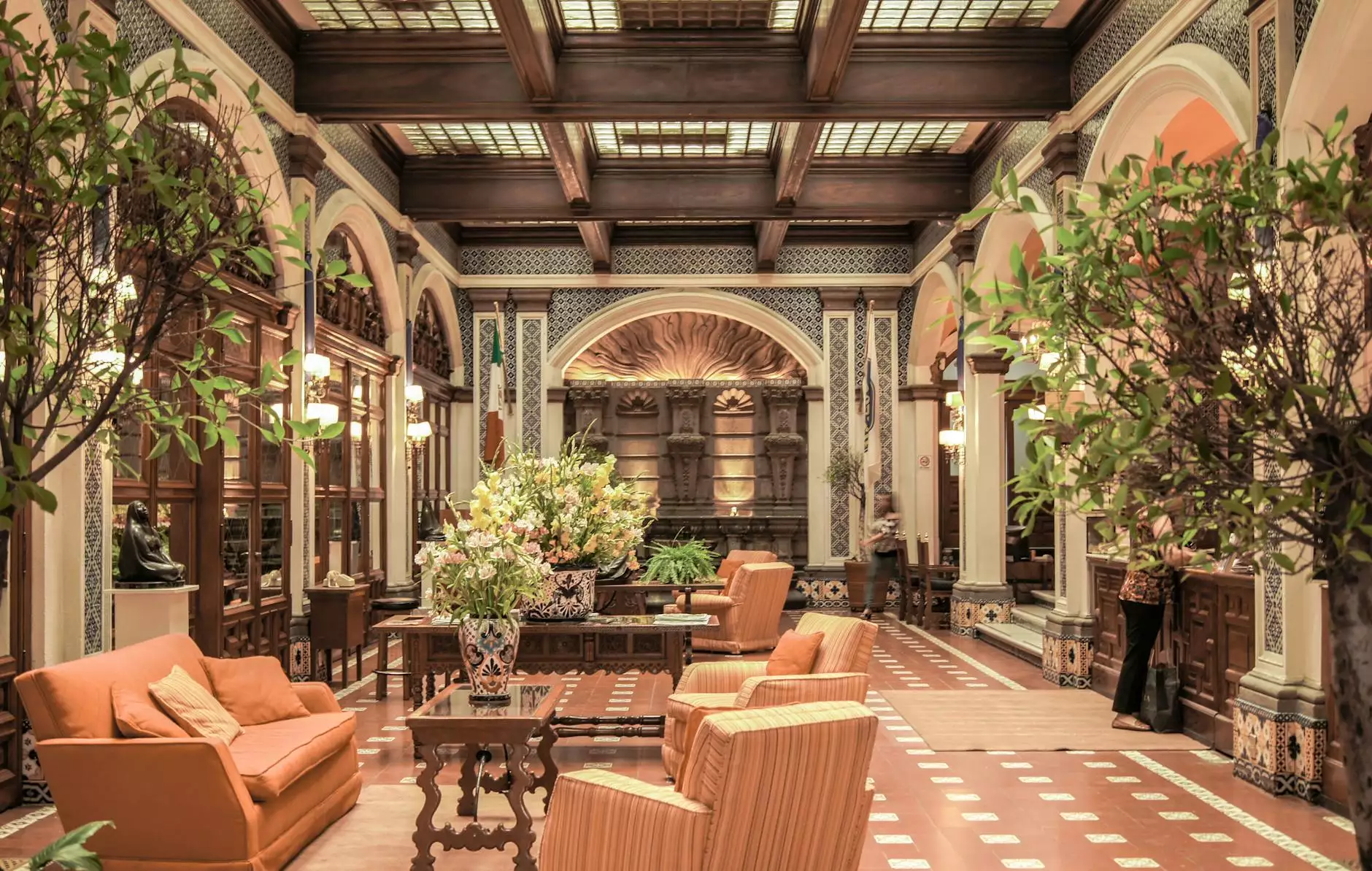The Ultimate Guide to Restaurant Tablecloths

Restaurant tablecloths play a crucial role in the dining experience. Not only do they add elegance to your restaurant's décor, but they also serve practical purposes that enhance the overall dining environment. Whether you own a fine dining establishment or a casual café, understanding the various aspects of tablecloths can help you make informed decisions that improve your restaurant's appeal and operational efficiency.
Why Restaurant Tablecloths Matter
Choosing the right restaurant tablecloths is fundamental for several reasons:
- Ambiance Creation: Tablecloths set the stage for the dining experience. They can transform a simple table into an inviting space.
- Protection: Tablecloths protect your tables from spills, scratches, and heat, prolonging their life and maintaining their appearance.
- Hygiene: Freshly laundered tablecloths can enhance the perception of cleanliness in your restaurant.
- Brand Image: High-quality tablecloths reflect your brand’s identity, conveying professionalism and attention to detail.
Types of Restaurant Tablecloths
When it comes to restaurant tablecloths, various types cater to different settings and styles. Consider the following:
Cotton Tablecloths
Cotton tablecloths are popular for their soft texture and versatility. They can be used in casual or formal settings and are often available in a wide range of colors and patterns. Cotton is also easy to clean, making it ideal for high-traffic areas.
Linen Tablecloths
For a more upscale look, linen tablecloths are the preferred choice. They exude elegance and are perfect for fine dining establishments. However, they require more care in washing and may need ironing to maintain their pristine appearance.
Polyester Tablecloths
Polyester tablecloths are becoming increasingly popular in restaurants due to their durability and wrinkle resistance. These tablecloths can mimic the look of linen while offering greater practicality, making them suitable for both casual and formal dining.
Paper Tablecloths
For quick-service restaurants or casual dining, paper tablecloths are a convenient option. They are inexpensive and come in various colors and designs, allowing for easy disposal after each meal.
Choosing the Right Size and Shape
When selecting restaurant tablecloths, it's essential to consider the size and shape of your tables:
- Rectangular Tables: For rectangular tables, ensure the tablecloth hangs evenly on all sides. A drop of 8-12 inches is typically recommended for a formal setting.
- Round Tables: Round tablecloths should extend to the chairs' seat height, providing balance and elegance.
- Square Tables: Square tablecloths should be the same length on all sides to maintain symmetry in your dining environment.
Colors and Patterns for Every Theme
The color and pattern of your restaurant tablecloths are critical in enhancing your restaurant’s theme and atmosphere:
Neutral Colors
Neutral tones such as white, cream, or beige offer a classic look and can complement any dining setup. They are especially suited for upscale restaurants where elegance is paramount.
Bold Colors
If you wish to create a vibrant atmosphere, consider bold colors like red, blue, or green. These colors can convey energy and excitement, making them ideal for casual dining establishments.
Patterns and Textures
Patterns can add personality to your table settings. Floral patterns, stripes, and checks are popular choices. However, make sure that the patterns align with your overall restaurant theme to avoid visual confusion.
Care and Maintenance of Restaurant Tablecloths
Proper care and maintenance will prolong the life of your restaurant tablecloths. Here are some tips:
- Washing: Follow the washing instructions specific to fabric. Generally, cotton and polyester can withstand commercial laundering, while linen requires special handling.
- Stain Treatment: Treat stains as soon as possible. A gentle stain remover followed by immediate washing can prevent permanent marks.
- Ironing: For a crisp look, iron your tablecloths after washing. This is especially important for linen tablecloths.
- Storage: Store clean tablecloths in a cool, dry place to prevent mildew and avoid direct sunlight to prevent fading.
Sustainability in Tablecloth Choices
As consumers become more environmentally conscious, sustainability in restaurant supplies, including tablecloths, is gaining importance:
- Organic Materials: Look for tablecloths made from organic cotton or bamboo that minimize chemical use and promote responsible harvesting.
- Reusable Options: Invest in high-quality, durable tablecloths that can be reused instead of single-use products, reducing waste.
- Local Suppliers: Support local businesses by sourcing your tablecloths from nearby manufacturers, which also reduces transportation emissions.
Cost Considerations
When purchasing restaurant tablecloths, it's essential to weigh the cost against quality:
- Budget-Friendly Options: For casual diners or those just starting, inexpensive tablecloths can significantly cut costs without sacrificing appeal.
- Investment in Quality: For higher-end venues, investing in premium tablecloths may yield better long-term results, boosting the perception of your restaurant and enhancing customer satisfaction.
Customizing Your Restaurant Tablecloths
Custom tablecloths can provide a unique identity for your restaurant. Consider options like:
- Embroidered Logos: Adding your logo can strengthen brand recognition and lend a professional touch.
- Personalized Colors and Patterns: Tailoring tablecloths to reflect your restaurant’s theme can enhance the overall aesthetic.
Conclusion
In conclusion, investing in quality restaurant tablecloths is essential for creating an inviting atmosphere and enhancing the overall dining experience. By selecting the right materials, sizes, and designs, you can reflect your brand's unique identity and ensure customer satisfaction. Remember to prioritize care and maintenance for longevity and consider sustainable options for the future. With these insights, you can elevate your restaurant’s appeal and stand out in the competitive dining landscape.









